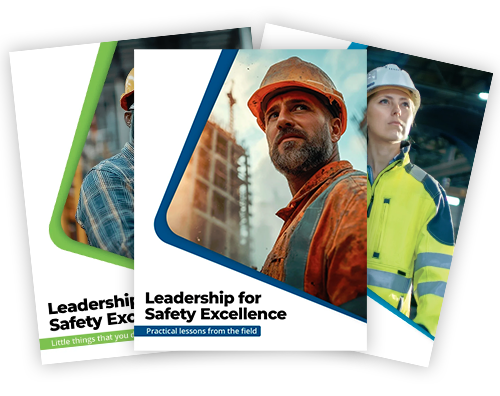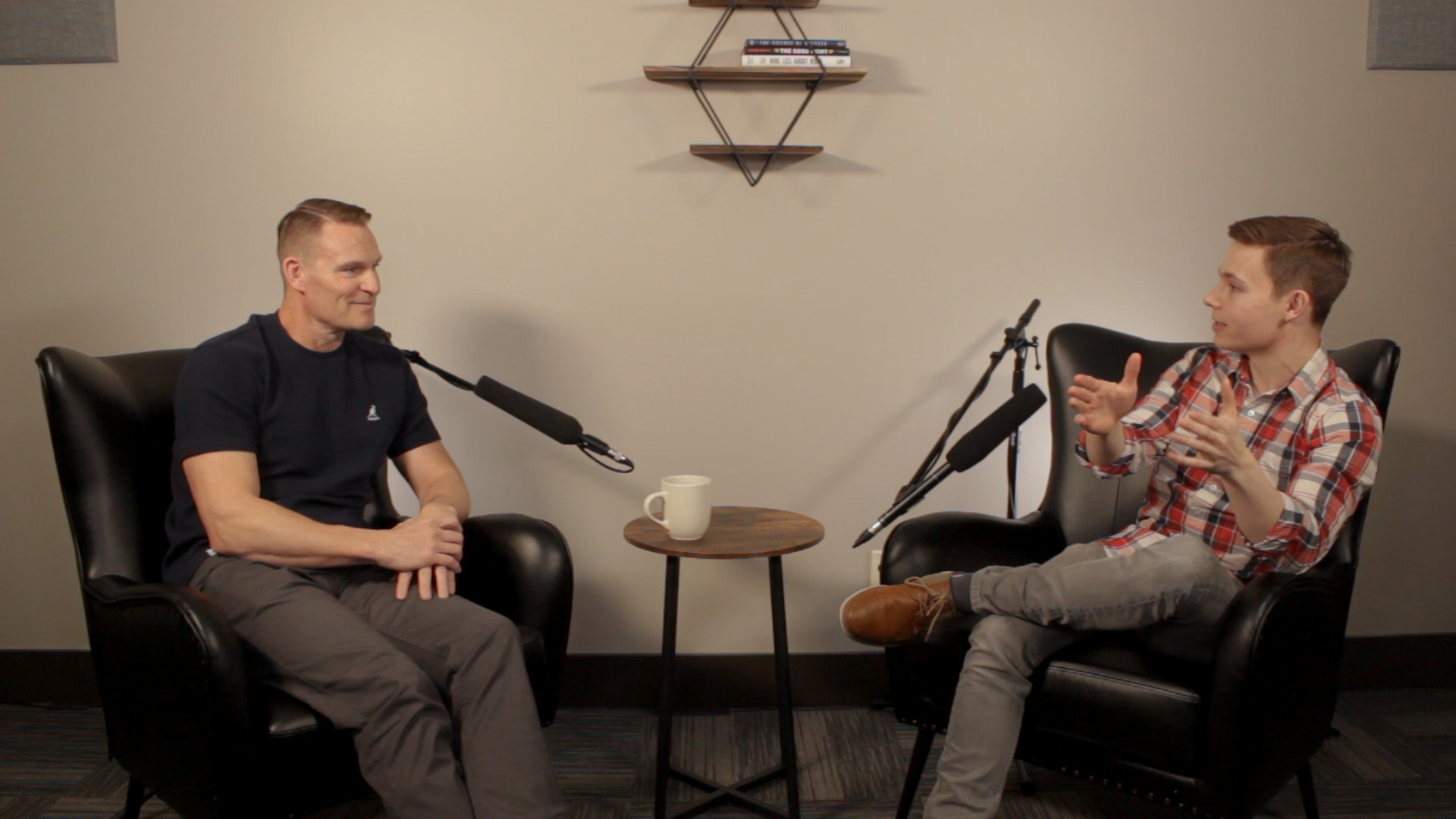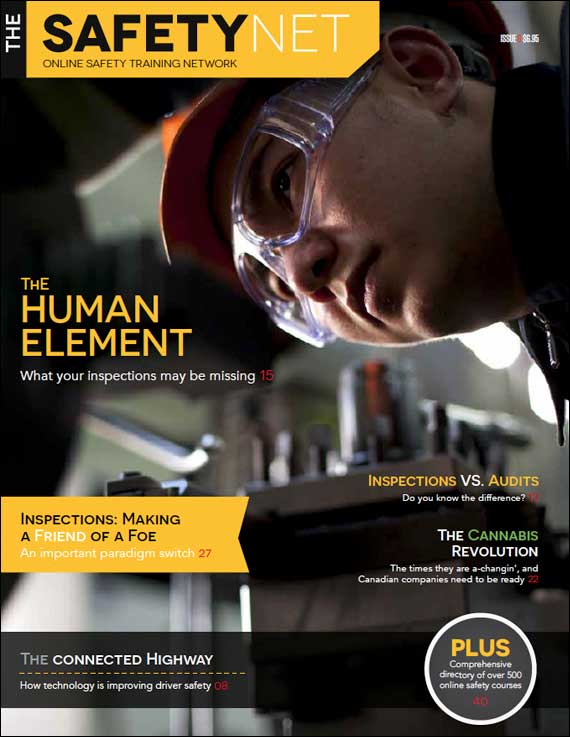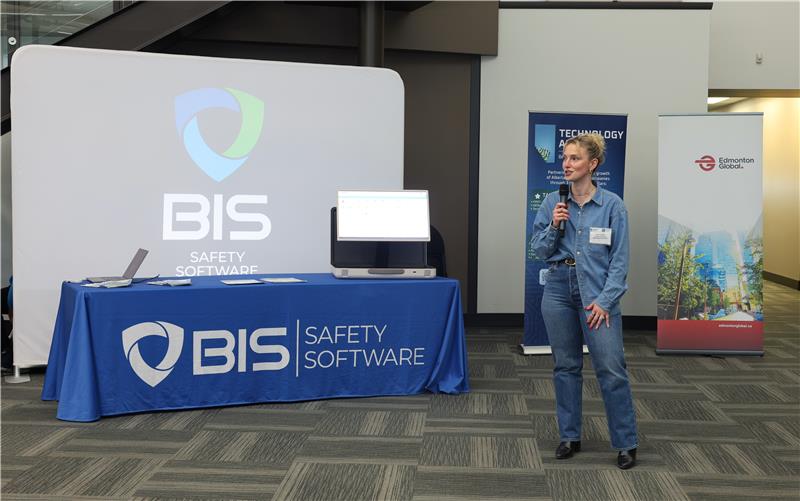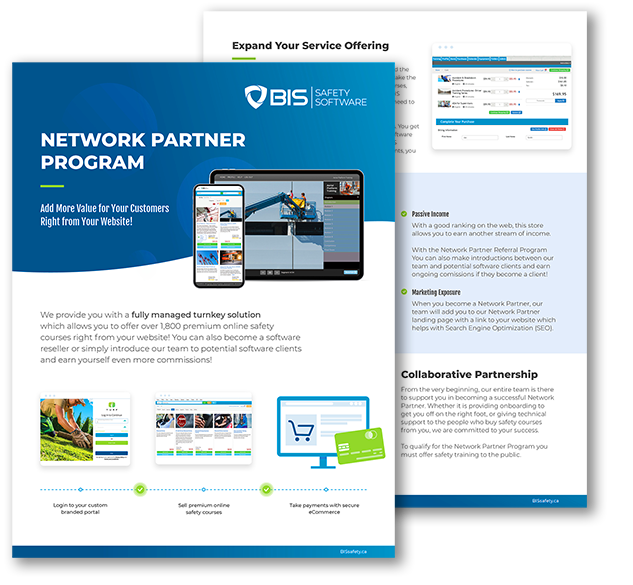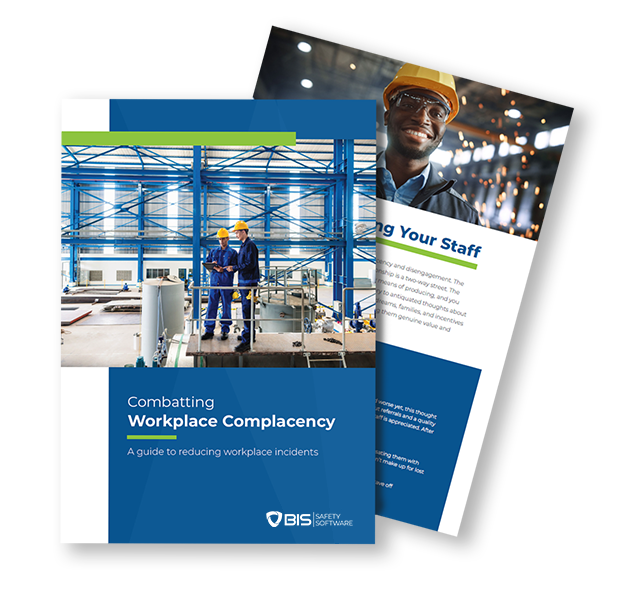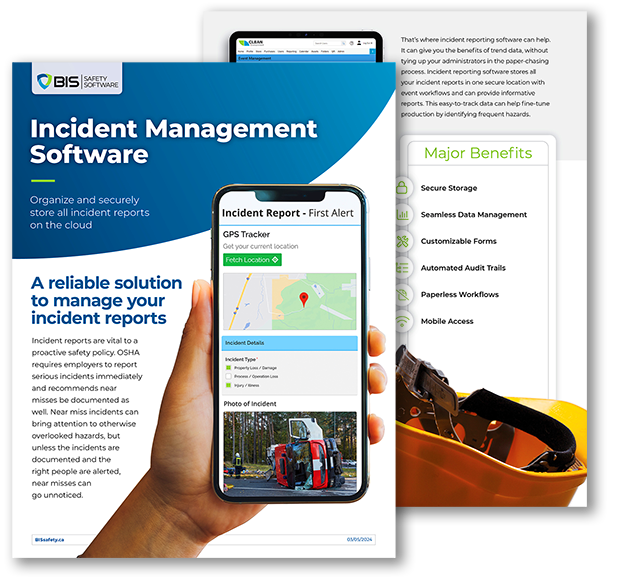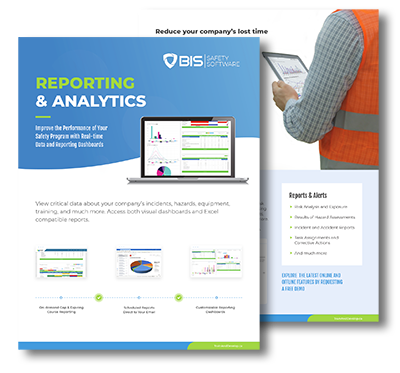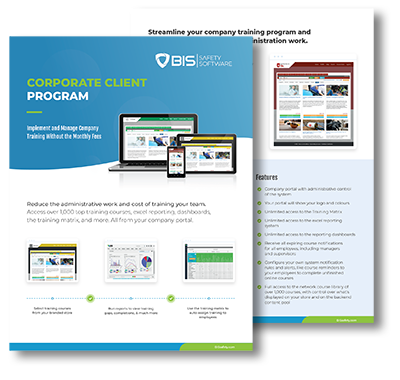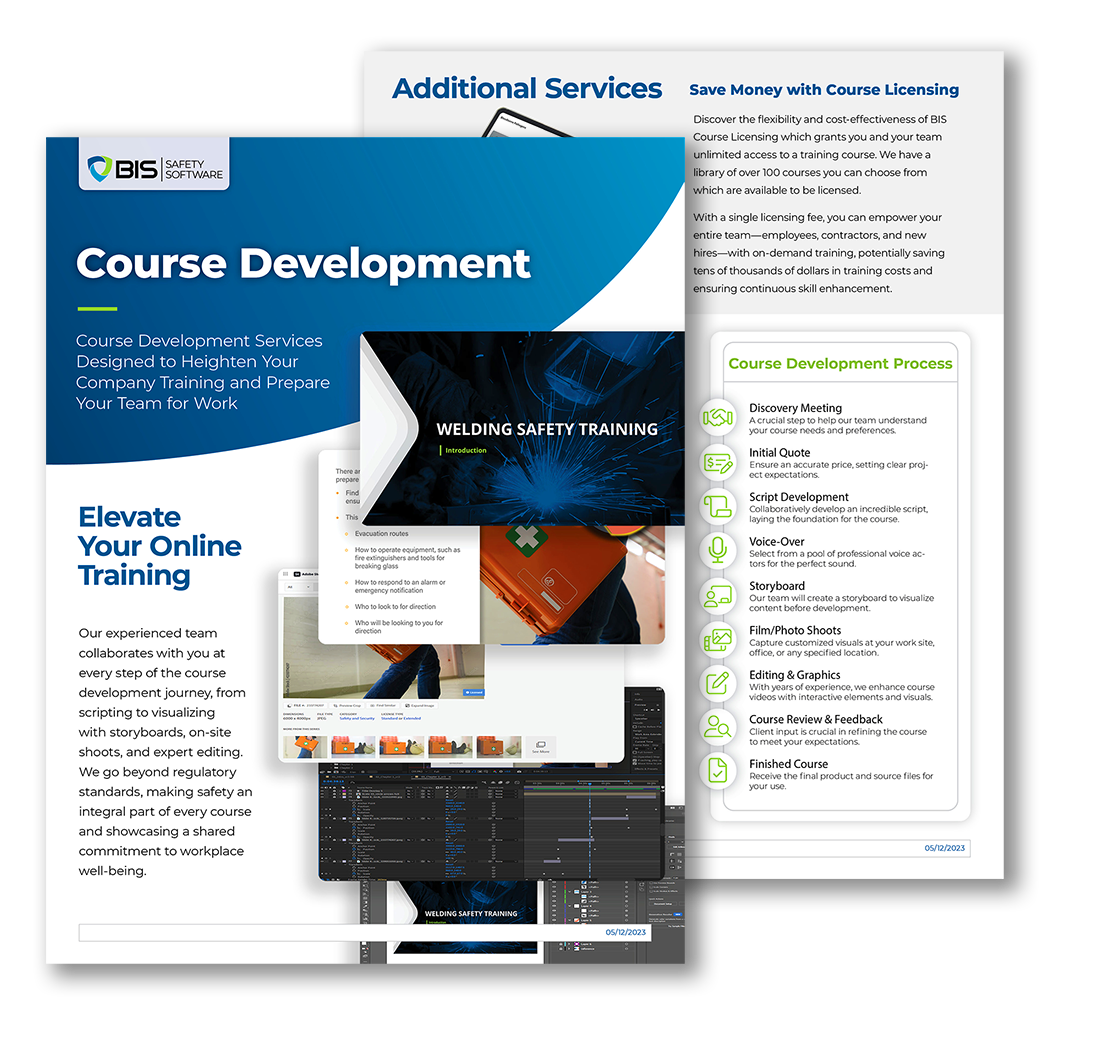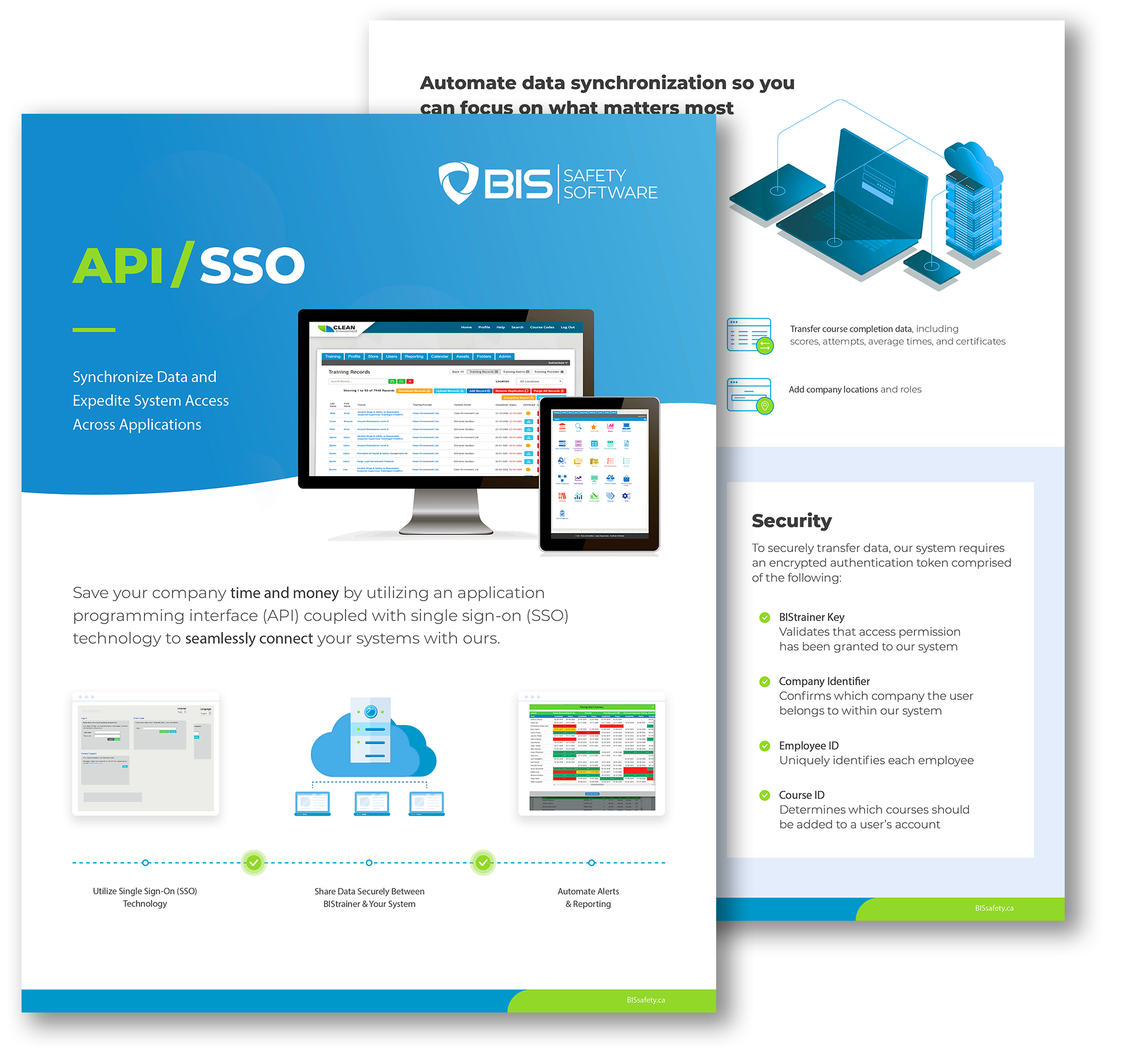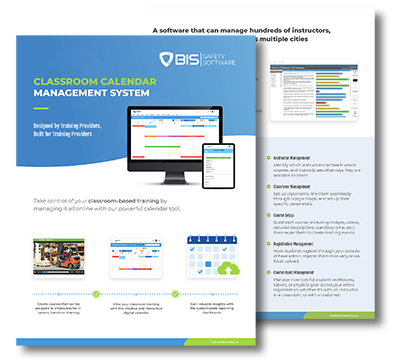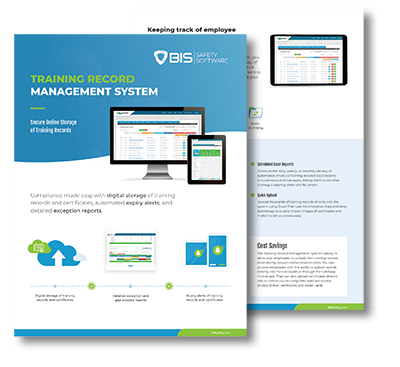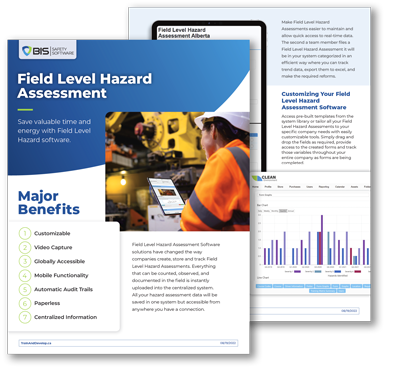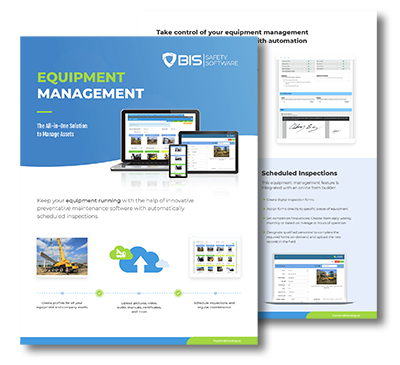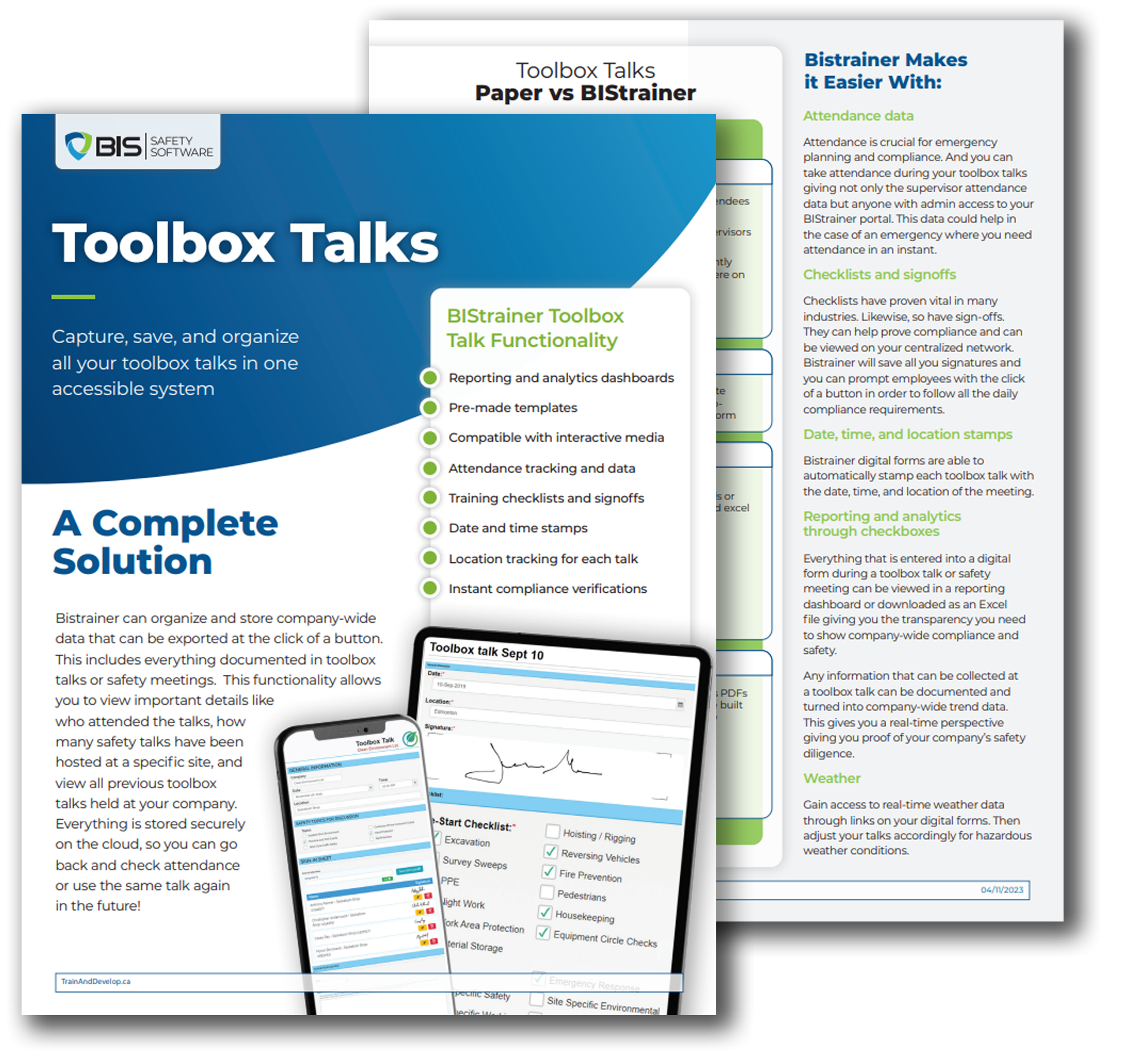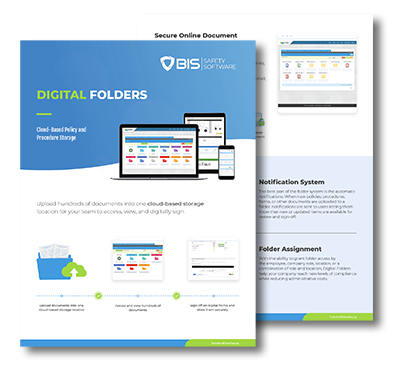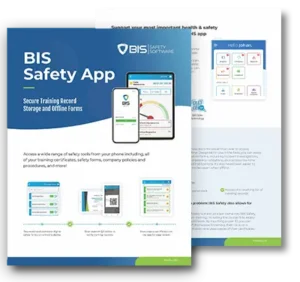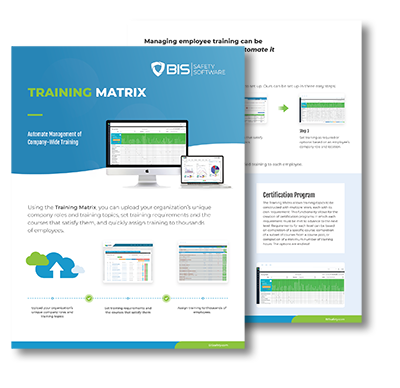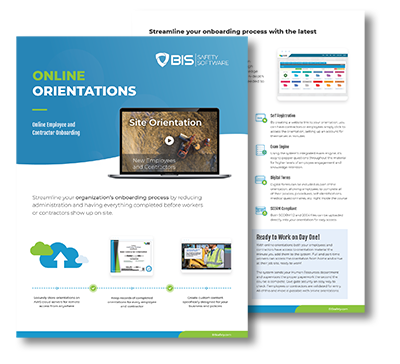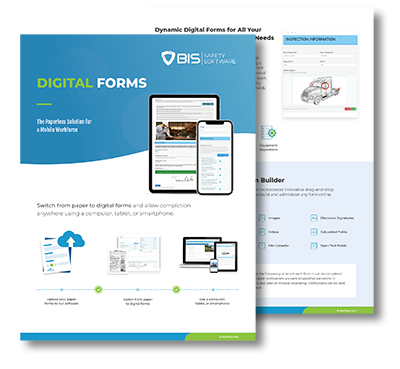Humor at Work – Work Shouldn’t Suck: Mike Kerr on Humor, Culture, and Why Safety Starts with Fun

Luca Filippo shares his journey through aviation and biology, plus what it taught him about safety culture.
University of Alberta – The Universal Language of Risk: Lucca Filippo on Safety Lessons Learned Across Airspace and Labs

Luca Filippo shares his journey through aviation and biology, plus what it taught him about safety culture.
Behavior-Based Safety (BBS): A Proactive Approach to Workplace Safety

Want a safer workplace that actually sticks? Behavior-Based Safety focuses on everyday choices and teamwork. When people observe, speak up, and support one another, safety becomes something everyone owns—and that’s when the real change begins.
Risk Assessment Software: The 2025 Guide for Safety Leaders

In 2025, the Risk Assessment Softwares are reshaping how safety leaders handle workplace hazards. From oil fields to factory floors, digital tools help teams manage hazards in real time, streamline compliance, and drive proactive safety.
SAFEmap International – The Risk Paradox: Corrie Pitzer on Paralysis By Safety

Dr. Tom Krause shares lessons from decades in safety leadership, covering behavior-based safety, decision analysis, and why real change goes beyond blaming employees.
Krause Bell Group – Beyond the Blame Game: Dr. Tom Krause on Real Safety Leadership

Sit down with Dr. Tom Krause to explore how effective leaders move beyond blame and redesign systems for safer work. Learn why context matters, how decision quality prevents serious incidents, and why upward communication is essential to culture. Practical takeaways for operations, EHS, and executive teams
Solution Folder – Creating Psychological Safety in the Workplace with Mehmet Baha

From Fulbright scholar to Facebook Europe’s early days to bestselling author, Mehmet Baha’s journey is anything but ordinary.
Target Leadership – Lessons From the Cockpit: Why Culture Eats Checklists for Breakfast

Jeff “Odie” Espenship talks the break-neck possibilities and pitfalls of the AI Era.
MyZone AI – Future-Proof or Fall Behind: Mike Schwarz on AI’s Tectonic Shift in Business & Safety

Mike Schwarz talks the break-neck possibilities and pitfalls of the AI Era.
Scott Lyall’s Safety Storytelling: Bringing Humanity to High-Tech Workplaces

Scott Lyall transforms traditional safety training by blending storytelling with scalable technology, creating buy-in, boosting engagement, and turning compliance into culture, He champions “omni-training” for today’s learners, infusing humanity into safety protocols, and aligning safety with company-wide efficiency.



